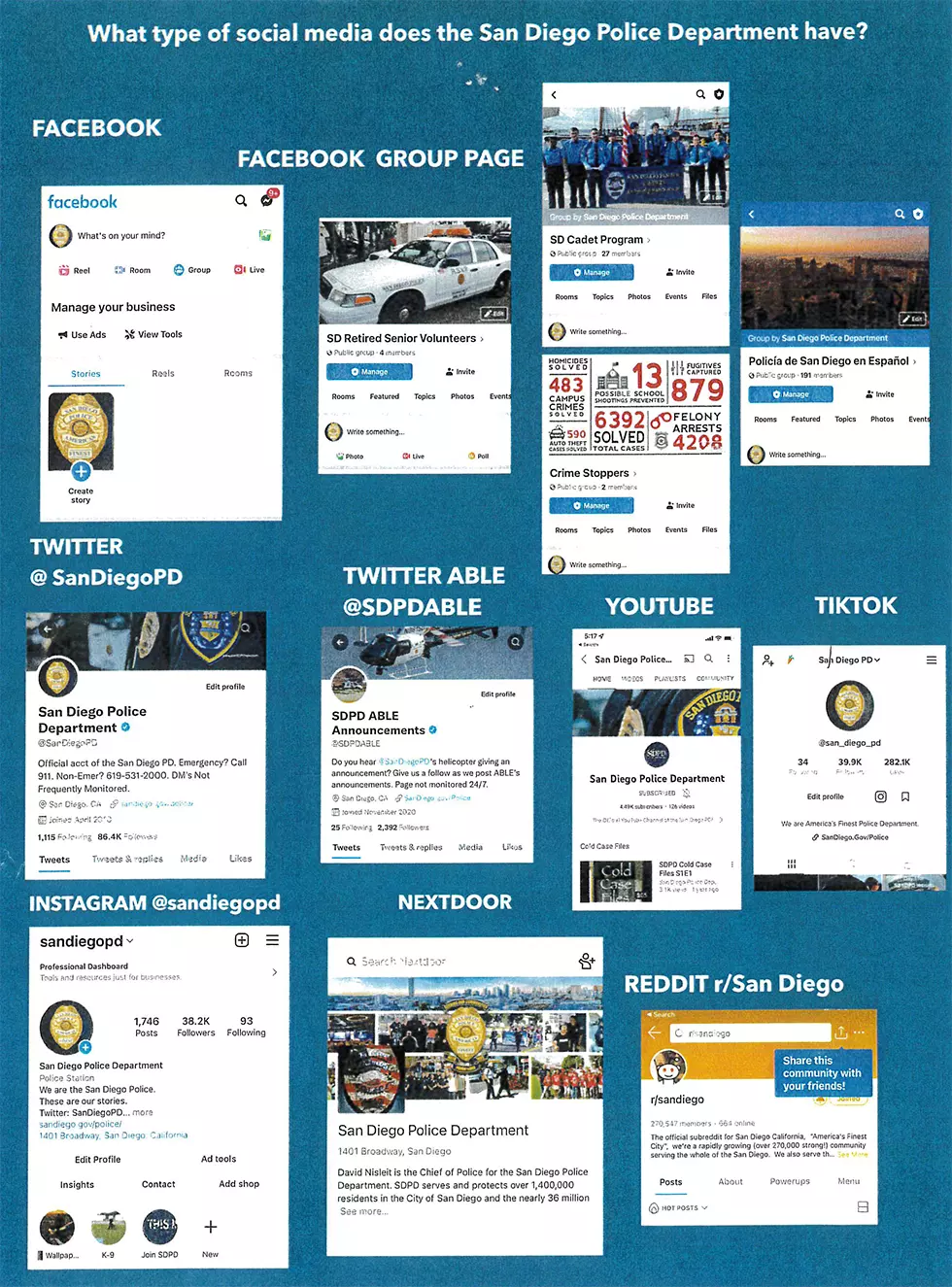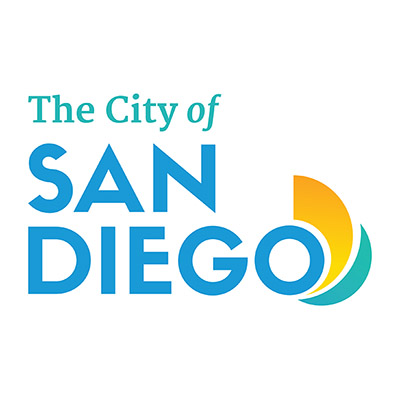2023 OBMA Annual Awards Celebration
Submitted by obma onSave the date for the 2022 OBMA Annual Meeting and Awards Celebration on Thursday, January 26, 2023.
More information coming soon!
Save the date for the 2022 OBMA Annual Meeting and Awards Celebration on Thursday, January 26, 2023.
More information coming soon!
Hello! My name is Dan Dennison living in Ocean Beach. I have volunteered to assist the Alzheimer's Association fundraising event on June 21 — The Longest Day of the year.
Almost, if not all of us, have seen the devastating impact of Alzheimer's on Families and Friends as well as all those caring for and supporting victims of this vicious disease.
My objective is simple to ask local restaurants in Ocean Beach to participate in this one-day event through a contribution of your choice to be sent to the Foundation.
To make it simple, your choice can be either a % of your sales for the day, or a specific amount for each customer check. Any choice you make will be most appreciated. There are no “middle Men” in this process and I will give you the address to mail your check directly to the Association.
If you are able to participate you will be included in Social Media from the Alzheimer's Association and I will definitely announce it through the media where I participate.
I very much appreciate your consideration for this most important health care organization that so actively works on research as well as support programs for both those affected and their caregivers. Please feel free to contact me with any questions as well as confirmation of your participation.
Very Warm Regards and appreciation in advance!


Are ABLE announcements difficult to hear?
Follow @sdpdable on Twitter to get updated information regarding a missing person or a wanted suspect.

Did you know that by implementing a few tips your business can save on its energy use and costs? From regulating your building’s temperature to cleaning air filters regularly, there are smart ways to lower your energy bills. Here are ten tips that can help reduce your costs without having to sacrifice the comfort of your staff or customers:
Visit sdge.com/MyBusiness for more helpful energy-saving tips.
"Are you aware of the recent tax law changes from The CARES Act? The CARES Act has once again been amended by Congress and now allows small businesses in San Diego (and nationwide) to now be able to qualify for not only the PPP and the EIDL, but also the ERC - Employee Retention Tax Credit. It means businesses here in San Diego (and nationwide) can qualify for up to $26,000 per eligible W2 employee through the ERC - Employee Retention Tax Credit, even if they received the PPP and/or the EIDL. It is a tax credit from the IRS, not a grant nor a loan.
The ERC is pretty complicated, and the requirements have changed over time, so you may have heard different things that make you think small businesses can’t benefit from it. I know it can sound too good to be true!
So, to put your mind at ease, I’d like to provide you with some external sources of reference about the ERC:
(the following are hyperlinks - you can grab the full URL by visiting the website but a simple copy and paste works too, just make sure the hyperlink does transfer!)
New legislation allows businesses with 4-499 W2 employees to take advantage of all of them.
Here are the mandatory qualifications to qualify for the ERC (Employee Retention Tax Credit) -- 1 of 4 need to have happened:
ERC qualifications:
This is a Covid stimulus package for small businesses. They already got the PPP and/or the EIDL. Now come get the other half.
To see if you qualify: https://ercspecialists.com/?fpr=christopher89

Greetings,
Are you interested in taking an active role in your community or do you know someone who is?
If so San Diego Police Department’s Western Division is looking for you to join their team! You too can become a part of the solution by the joining to assist with neighborhood safety and crime prevention. You need only to be at least 50 years of age and be free to commit a minimum of three and a half days per month of your time. Following a 40-hour Police Academy, plus some on the job training, you will be ready to wear the SILVER BADGE OF THE RSVP.
Minimum qualifications:
5O+ Years Old
Semi or Fully Retired
Good Physical and Mental Health
Ability to volunteer a minimum 3 days per month
Valid California Driver’s License
For more detailed information visit the following site: https://www.sandiego.gov/police/recruiting/volunteer
To join the Western Division’s RSVP team please contact our RSVP unit to obtain additional information: - RSVP Barry Zamost [email protected] / RSVP Cresencio Torres [email protected] or call and leave a message (619) 692-4945.
Another online option through the City’s website:
https://www.sandiego.gov/volunteer-program be sure to select police department
v/r
Officer David Surwilo
San Diego Police Department
Community Relations Officer
Western Division
All volunteers (21+) will receive a wrist band into the beer garden to enjoy the live music and contests, plus a food voucher.
Thank you in advance!
- Kristen Keltner
Ocean Beach MainStreet Association

(2) Entrance Tickets + (2) Drinks + (4) Tickets for friends to cheer you on ($80 Value)
You can't participate on March 19th? No problem.
Have a manager, friend, family member, or one of your regulars who loves to play cornhole represent your business.
If you have questions don't hesitate to reach out to Bill Wagner at [email protected] or the OBMA team at (619) 224-4906.
St. Paddy's O'Beach Party Website

On March 9th, the CA State Coastal Commission will be considering the city’s Short-term vacation rental regulations.
The details for the meeting can be found in the link below. It will be Item #14 (f) under the San Diego section.
If you would like to speak at the City Council meeting about the proposed ordinance, we suggest that you make sure you have read the proposed ordinance and that you have read State Senate bill 946.
Bill 946 authorized a local authority (like the City Council) to, by ordinance or resolution, adopt additional requirements regulating the time, place and manner of sidewalk vending, as specified, if the requirements are directly related to objective health, safety, and welfare concerns.
will be Item s504 under the adoption agenda (toward the bottom).
